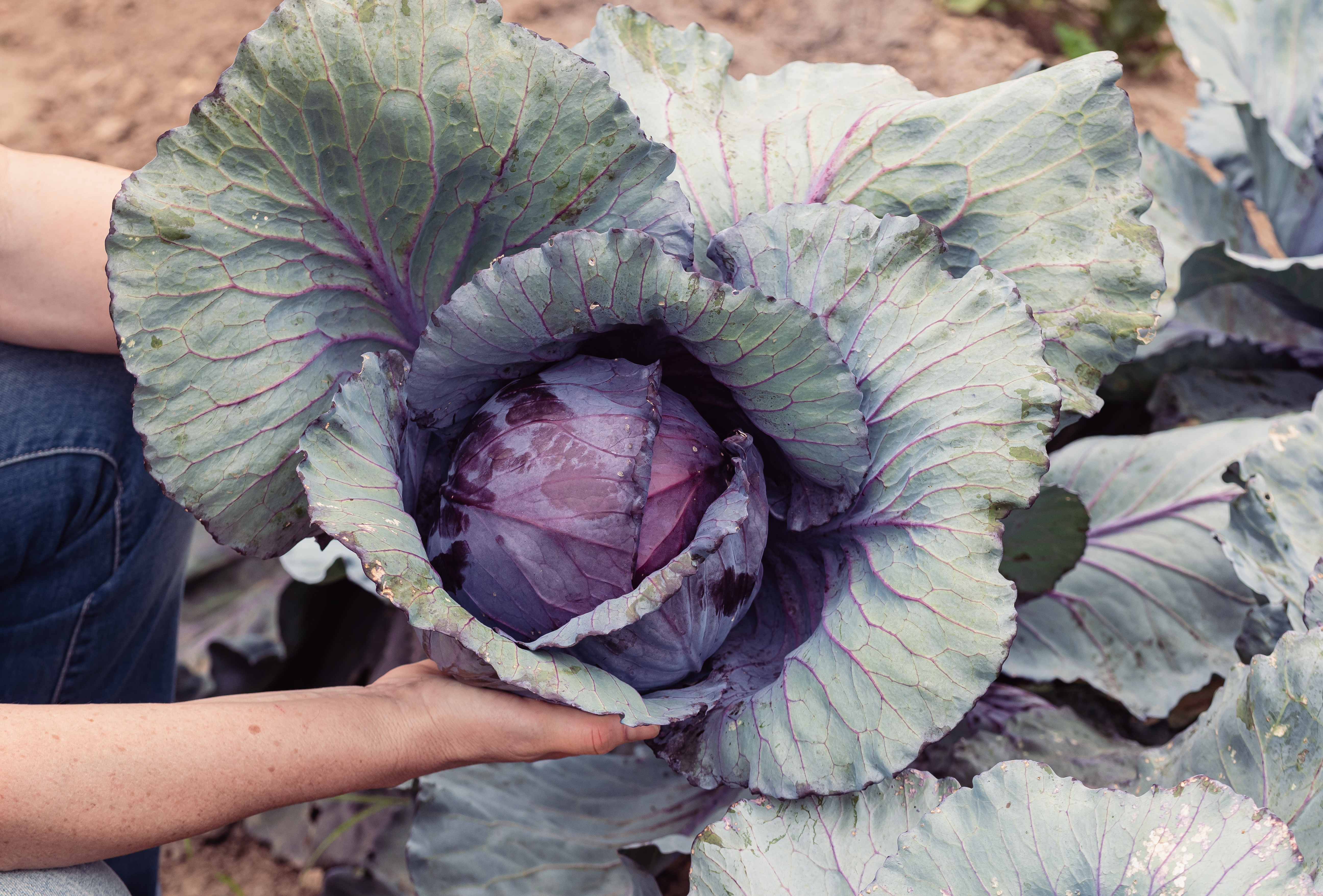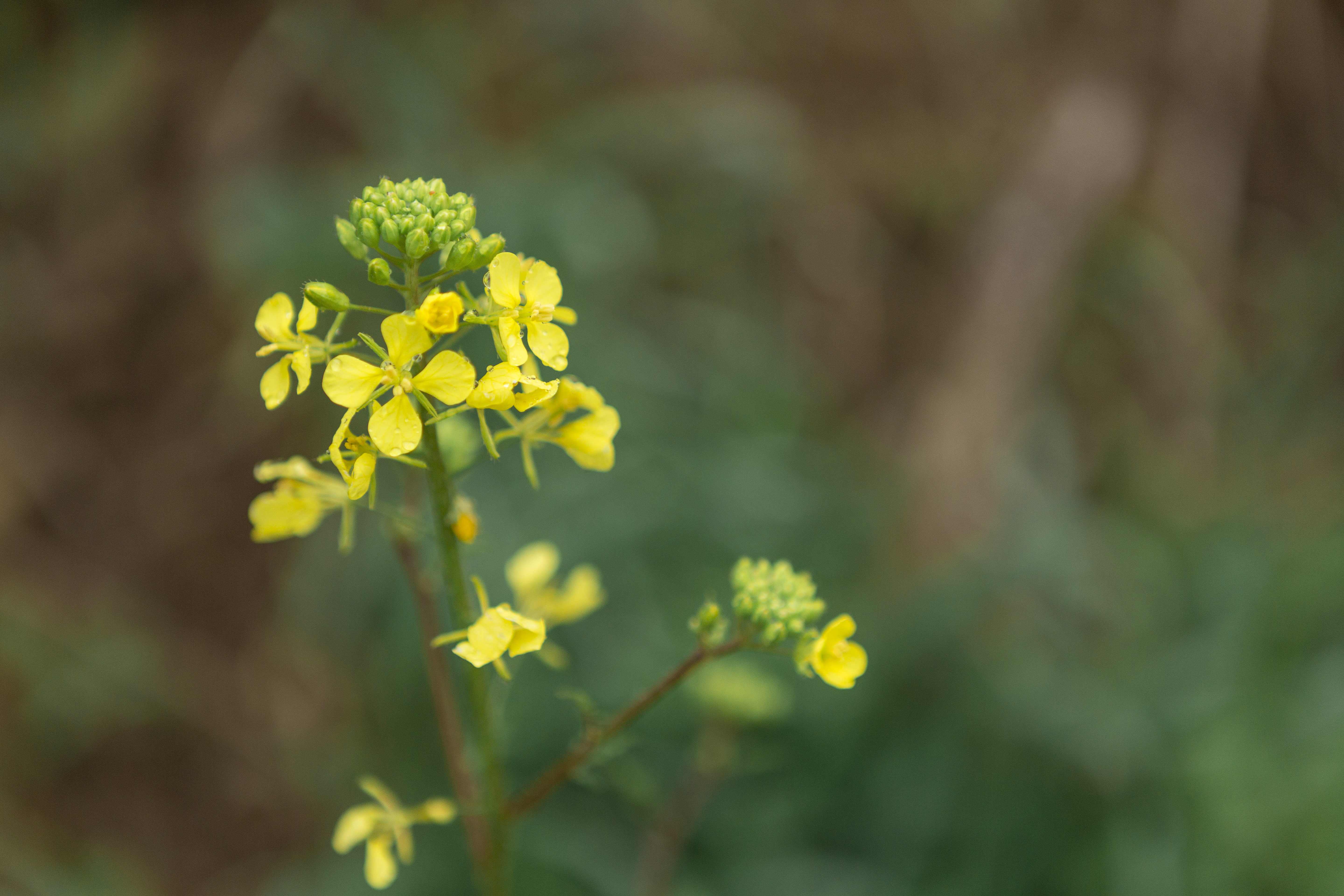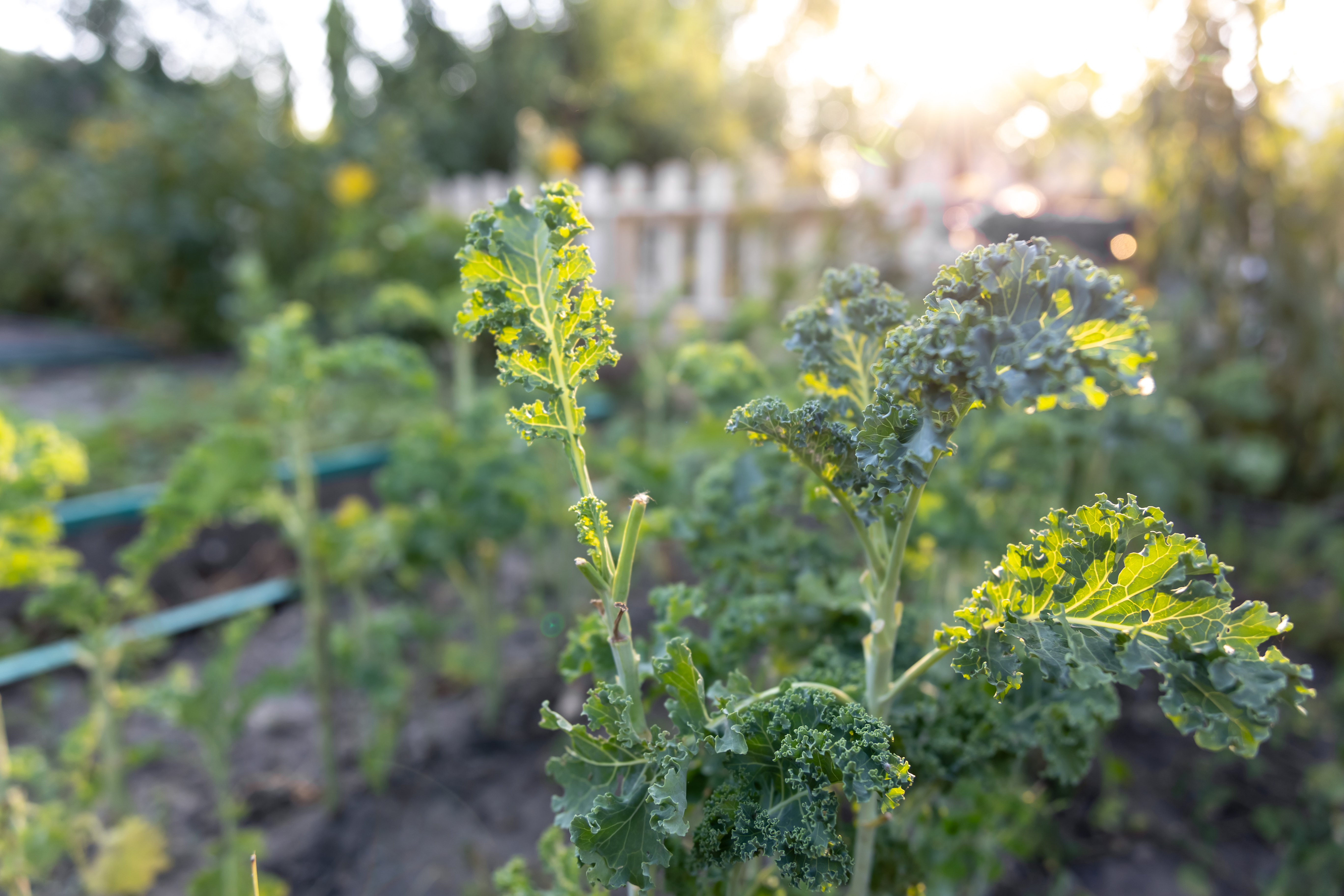Part 1 in our Plant Families Series
Get to know the botanical clans that shape our gardens, kitchens, and history!
- Part 1 - A Love Letter to the Brassica Family (this article)
- Part 2 - Meet the Allium Family

Part 1 in our Plant Families Series
Get to know the botanical clans that shape our gardens, kitchens, and history!
As evenings turn cooler, many summer crops start to fade. Tomatoes slow down, beans get tough, and cucumbers struggle. But just when the garden seems ready to rest, another group of plants takes center stage: the Brassicas. If autumn has heroes, it’s them. (Especially here in Germany, hello sauerkraut!)
As a triplet myself, I’ve always thought of my family as pretty big. But it’s nothing compared to this one. You may know the brassica family as just cabbages and cauliflowers, yet the Brassicaceae clan is much larger than most people imagine. It has around 370 genera and over 4,000 species, making it one of the most important plant families in both our gardens and our kitchens.
Some members include:
So, amazingly, many of these vegetables all come from one of the 4,000 species: Brassica Oleracea. They are carefully bred of centuries to emphasize different parts of the plant. Leaves, stems, buds, flowers, roots, they are all transformed into unique crops, yet bound by family ties.
Brassicas thrive when the air is cool and crisp. They dislike the stress of high summer heat, but as soon as autumn rolls in, they grow strong and sweet.
In fact, many brassicas taste even better after the first frost! Why, you ask? Here’s the cool part: cold weather triggers chemical changes that turn starches into sugars, making kale sweeter and Brussels sprouts less bitter. So instead of bundling up in warmer clothes like we do, they literally change their chemistry. Plants are way cooler than us (kidding… kinda).
In short, where summer crops retreat, brassicas shine. They are the bridge between seasons, carrying us from the abundance of late summer into the steady rhythm of winter harvests.
Canola oil (a staple cooking oil worldwide) comes from a brassica too: Brassica napus.

Soil & Feeding
Planting Time
Frost is a Friend
Pest and Protection
Okay, this is an important one. Brassicas are vulnerable to diseases. The most serious is clubroot, a soilborne parasite that causes swollen roots and stunted growth. Once present, it can survive in the soil for up to 20 years! Because all members of the brassica family are susceptible, it’s very important to rotate them as a group.
Rotation helps because it:
Here’s a beginner-friendly rotation cycle you could use:
Year 1 -> Brassicas (so your cabbage, kale, broccoli, etc.)
Year 2 -> Legumes (peas, beans): add nitrogen to soil
Year 3 -> Roots & Alliums (Carrots, beets, onions, garlic)
Year 4 -> Fruiting crops (tomatoes, peppers, cucumbers, squash)
Then back to year 1 with brassicas. The key: Don’t plant brassicas in the same soil two years in a row.
To make rotation simple, use the Planter app’s growing guide:
When summer crops fade, brassicas take over. They’re tough, nutritious, and often taste best in the cool of autumn. By giving them fertile soil, protection from pests, and a good crop rotation, they’ll reward you with months of fresh harvests.
Happy gardening!
